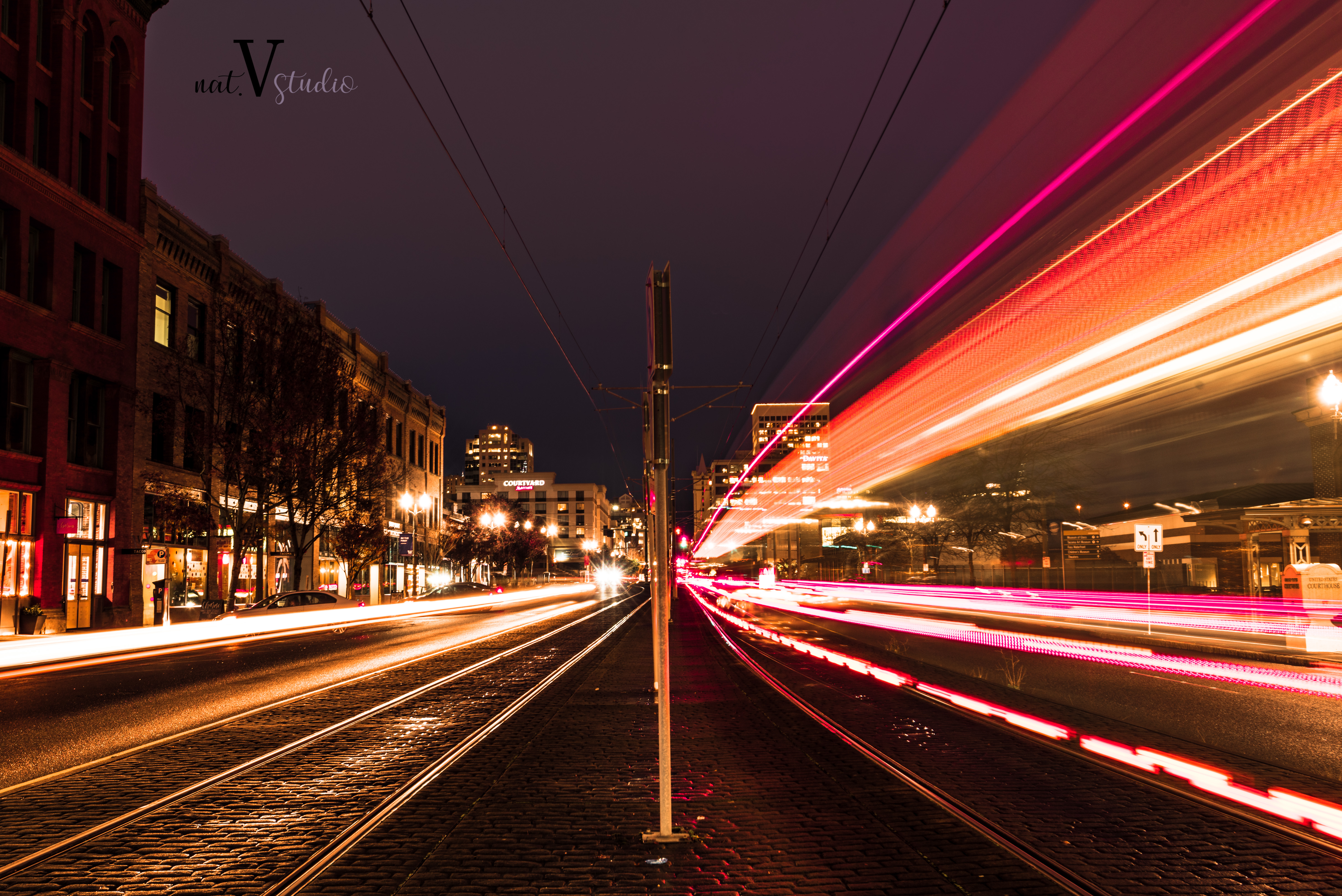- Home
- Lightroom Classic
- Discussions
- Re: Pixelation/Striation/Fringing on Export
- Re: Pixelation/Striation/Fringing on Export
Pixelation/Striation/Fringing on Export
Copy link to clipboard
Copied
Hi, I'm having a problem with a long exposure shot I took. The sky is looking extremely pixelated when I throw it on any other screen other than my computer I'm editing from (1080P), viewing on social media. I am aware FB's recommendations of no more than 2048 pixels on the long edge, and even having tried exported accordingly, the sky is still pixelated. I've tried working with the defringe tools but the problem I'm having is it looks just fine editing through Lightroom and even in my Lightroom library, it is the exported file itself that looks messed up. I'm attaching pic 1, the quality at 80, no resizing; then pic 2, the quality at 100, resizing to 2048 pixels, though I know this forum is going to lower it even more, but maybe someone just seeing the pic will know what I'm talking about and how to help. I understand there's a lot going on when taking long exposure. The original I worked with is a RAW file, checked box for removal of chromatic aberration already. Thanks.


Copy link to clipboard
Copied
Todd, the modifier was important here. I know Lightroom doesn't support 10
bits, but I wrote: "using 10-bit monitors *with internal LUT based
correction*". The internal LUT based correction allows the monitor response
to be exactly right so that the color management system doesn't add
posterization. Your NEC has "14-bit 3D internal programmable lookup tables
(LUTs) for calibration" so it is one of those monitors that does this and
even better than 10 bits. This leads to virtually no visible posterization
possible.
Copy link to clipboard
Copied
Agreed, and probably why you and I don't see significant posterization banding in the full-size and 2048 long edge sRGB export JPEG files. I viewed the image files on another system that uses an HP 2509m TN 6 bit/color panel with dithering to achieve 8 bit/color and no internal LUT. Banding is visible in the Facebook screenshot posted in reply #3, but not in the other screenshots. As best I can tell the major damage is being done in the Facebook upload processing (compression).
Copy link to clipboard
Copied
What you are running into here is a limitation of 8-bit files. The steps you see in the sky are single bit steps in one of the color channels. You can see that if you open the files in Photoshop. Turn on the info taster and move your mouse over a step. You'll see it is a single bit jump. This can be fixed by dithering upon resize and color space conversion but Lightroom doesn't do as good a job at this as it could. If you open the image in Photoshop in prophotoRGB, and convert to sRGB, then to 8 bits and then scale and save as jpeg, you'll get less of this banding because it will use dithering to hide the steps. There is unfortunately nothing you can do about this problem in Lightroom itself.
Copy link to clipboard
Copied
Oh and it is made worse in the screenshot because the conversion from sRGB to your display's colorspace will introduce more posterization since that is also done in 8 bits in order to send to the display. The only way to avoid that is to use a display that has a built-in 10-bits LUT mechanism to correct the tone curve. Needless to say those are higher end displays.
Copy link to clipboard
Copied
What you just said had me check my camera settings and I see that I took those photos with color space on Adobe RGB, instead of sRGB, but did export on sRGB. Could that also have affected the outcome?
Copy link to clipboard
Copied
How are you calibrating your screen? Todd is right that I only see very minor banding in the first two jpegs. It is there but have to zoom in to see it. I see lots of banding in the Facebook screenshot. This does not look like jpeg compression artifact to me and when I bring the screenshot into Photoshop, I can see that the bands are single bit steps in the file. This can be caused by the tone curve of your display being significantly different from sRGB and calibration having to correct for it which can introduce banding. If you post a link to the Facebook post, we can check whether this is the issue as the image should not look banded on our screens. You unfortunately can't fix Facebook compression but there are ways to fix banding caused by display response if your display has a contrast setting.
Copy link to clipboard
Copied
I'm unsure how to make the link viewable without setting that image public which I haven't done yet but what I do have is the link to the Wordpress uploads. I don't see banding on it on the iPad, on the export of no resizing. I doubt then that you'd see banding on your screens with that one. However, here is 2048 px one on Wordpress I believe is the same one I did upload to FB (I did some uploads to both yesterday to see if it was as simple as a FB issue, as in, if the banding was consistent on multiple screens when viewed on FB). A couple of things... I did just now check the below link on my cell phone and see no banding, and also checked the properties of the image and see its bit depth is 24, and my screen being 6-bit, then I guess this is both a screen display and FB issue?
https://natvstudio.files.wordpress.com/2018/11/dsc5347-3.jpg
Copy link to clipboard
Copied
Download the original-sized photo (should have _o.jpg not a _n.jpg suffix) from FB to your computer and see how big it is in bytes on disk, then Export the original in LR using that max-file-size on LR's Export panel and see how bad the LR Export with that filesize restriction looks.
I'm sure FB is just compressing the photo significantly so it doesn't take up much bandwidth on various devices. You can add random noise to make the banding less obvious, but of course it won't look as smooth as the original.
-
- 1
- 2
Find more inspiration, events, and resources on the new Adobe Community
Explore Now
